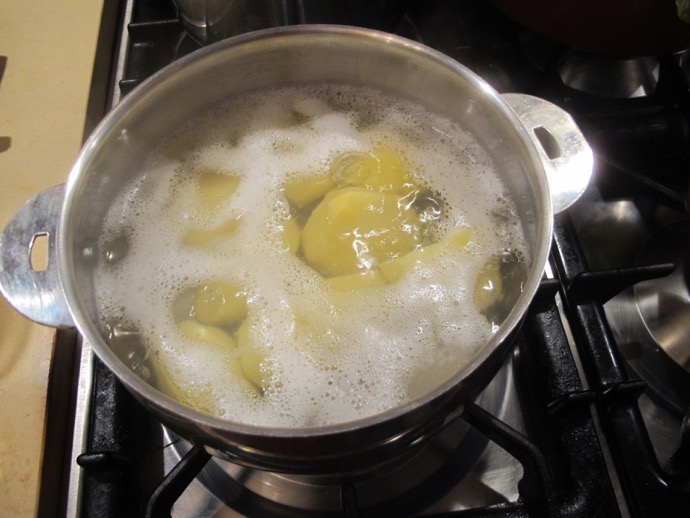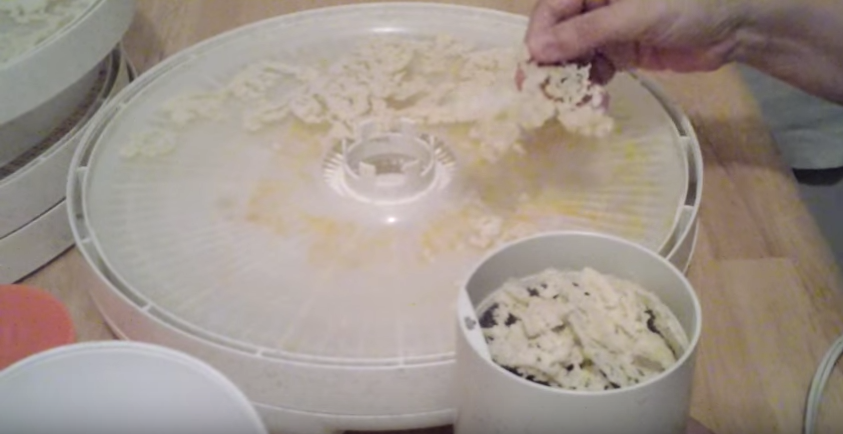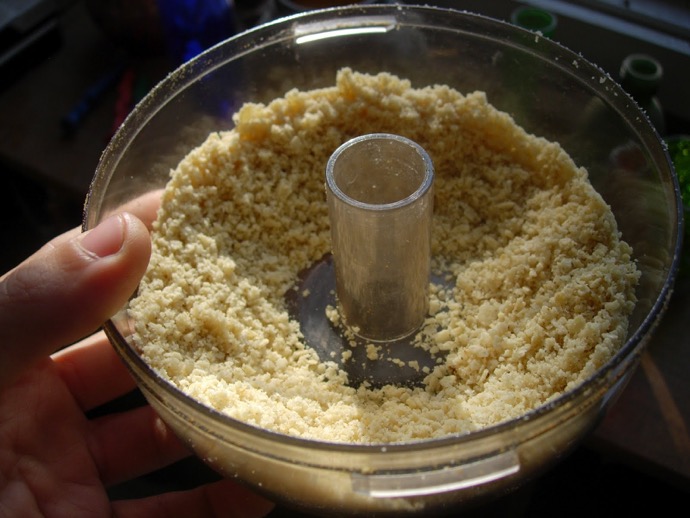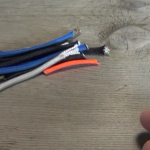How to Make Dehydrated Mashed Potato Flakes

One of the most versatile and easy to prepare dehydrated foods are potatoes. You can cube or slice them and produce some delicious meal options in a matter of hours. You can also dehydrate them and turn the potatoes into flakes that are easy to store as well. Potato flakes are ideal for making quick batches of mashed potatoes, and preparing them yourself can save you tons of money compared to buying pre-made boxes at the store.
Preparing the Potatoes
The first step is to choose the amount of potatoes that you want to process. Wash and peel them before placing them in a large stock pot. Fill the pot with water until the level rises just above the top of the potatoes. Bring to a boil and let the potatoes cook until they are soft enough to be mashed. You can keep the skin on the potatoes, but it will leave a slightly bitter taste in the finished product, and not everyone likes the earthy flavor.
Remove the pot from heat once the potatoes are soft enough to be mashed. Do not drain the water. Begin mashing the potatoes like you normally would. The excess water will be absorbed by the potatoes just as milk or cream does with traditional recipes. You want to avoid adding any butter, milk, salt or seasonings into the potatoes. You can do that later when they are ready to be re-hydrated. Adding these ingredients now will impact that dehydration process and potentially introduce bacteria and other harmful microorganisms into the finished product.
Keep mashing the potatoes until they are as smooth and creamy as possible. Avoid leaving sizable chunks in the mix. This will disrupt the dehydration process and can lead to contamination during storage as well. You can also use a mixer or egg beater to achieve a smooth consistency instead of whipping the potatoes by hand.
Dehydrating

You can either use a dehydrator or your oven to dry out the potatoes. In both cases, you want to paste the potatoes onto the dehydration rack or baking sheet. Try to make the paste less than 1/8 inch thick. This will reduce the amount of time that it takes to dry. You can use thicker layers of paste, but two things can happen. First, it can take more than two days to dry out. Second, the potatoes can turn black in places during the process. While this shouldn’t impact the overall taste when they are re-hydrated, it can be a little disconcerting for people who will be eating the finished product later.
The only drawback to using thin layers of paste is that you will need to spend more time dehydrating as you can only do a small batch at a time. Using the oven will give you more room to work with, and allow you to process more potatoes at once, but the dehydration process can be double that of a dehydrator.
For the dehydrator, process the potatoes at a temperature of 140 degrees. Expect to need anywhere from 24-36 hours depending on ambient air temperature and humidity. Flip the paste over about halfway through the process to ensure even dehydration. If you are using the oven, turn it on to its lowest possible setting and crack the door open slightly after the sheets of paste have been inserted. You should expect the oven to take about two days to fully-dry the potatoes, and you will need to turn them over about halfway through the process as well.
You will know when the potatoes are finished when a sample piece snaps as it is bent with little resistance. If the piece doesn’t snap, continue dehydrating until enough moisture is removed.
All you need to do now is break up the sheets of potatoes, place them in a blender or food processor and pulse them into little flakes. Store in an airtight container with no headspace and keep in a cool and dry place. You can also store them in thick zipper freezer bags as well. Vacuum sealing is your best overall option as it will eliminate moisture and prolong shelf life. Airtight containers should give you a shelf-life of around a year, where vacuum sealing can extend it up to two.
When ready to rehydrate, simply add equal amounts of water to flakes, along with a little bit of milk. Stir everything together over low heat and add flakes or more liquid until it reaches the desired consistency. Add butter and seasoning to taste and enjoy.
Nothing could be easier, and this is a great way to store large amounts of potatoes for the long-term. The flakes require minimal space, and it only takes a couple of minutes to rehydrate and prepare the potatoes for your next survival meal.
















